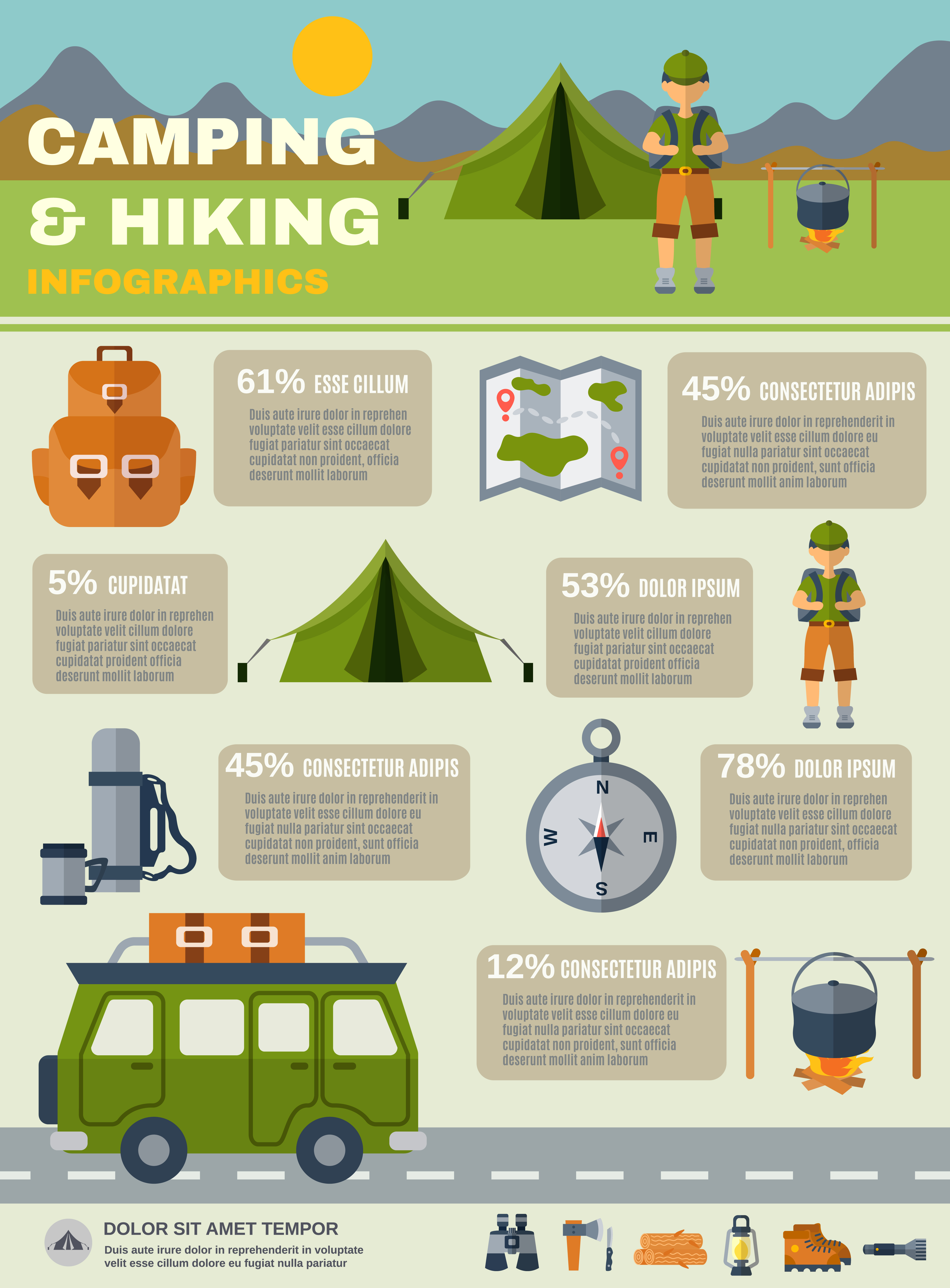How To Sell Camping Tents Online The Smart Way
How To Sell Camping Tents Online The Smart Way
Blog Article
Just How Important Are Camping Tent Footprints/Ground Cover?
Camping tent impacts are a great method to secure your camping tent floor from abrasions and prolong its practical life. Nearly all gear manufacturers offer their own brand-specific footprints that are designed to match their specific tent models.
Why does a canvas tent leak when you touch it?
This customized strategy supplies convenience of arrangement and decreases the danger of rain seeping in with the seams.
What are they?
Camping tent footprints (also known as outdoor tents ground sheets or under camping tent pads) supply a layer of security between the base of your tent and the outdoor environment. They shield your outdoor tents from sharp items, moisture, and abrasive surface areas.
The majority of outdoor tents makers use their own branded footprints made to fit flawlessly with their marked sanctuary designs. Nevertheless, these are usually expensive and relatively hefty contrasted to DIY choices like Polycryo or Tyvek.
Impacts are commonly made from long lasting, water resistant materials such as polyurethane, nylon or silnylon. For ultralight backpackers seeking to decrease pack weight, there are likewise lightweight, high-strength options made from Cuben Fiber (Dyneema). It's important to pick an impact that's somewhat smaller sized than your outdoor tents to avoid rainwater from dripping down the sides of your sanctuary and funneling underneath you while you sleep-- no person wishes to get up in a puddle! An impact is a rewarding addition to any outdoor camping trip. It helps make sure a long lifespan for your outdoor tents while adding comfort and satisfaction.
Just how essential are they?
Tent impacts safeguard the base of your camping tent from abrasion and moisture, aiding to extend its lifespan. They're normally made from waterproof and dirt-resistant products like polyethylene or a lightweight oxford polyester, though the denier of the fabric will differ (the higher the denier number, the thicker and burlier).
The majority of impacts are made to exactly match the form of your camping tent's flooring, which helps decrease product waste. Many have grommets or loopholes through which you can weave guylines for stress and stakes, making certain that the footprint is securely held down.
If you camp in rough surface or areas where there's a lot of downed branches and sharp rocks, a camping tent footprint is well worth the included weight and bulk. Yet if you often camp in dry, sandy or rough problems, an impact may be excessive. A tarp is a better alternative in that instance.
Do you normally pack one?
If you're camping on a really flat surface area where rocks and sticks aren't a problem, a tent impact probably isn't necessary. If you remain in the backcountry with a lot of harsh terrain, an fancy tents camping impact can make life much easier.
Footprints are generally sized somewhat smaller than the base of the camping tent. That's because a bigger impact would certainly catch rainfall and funnel it under the outdoor tents, where you might wake up in a pool.
However, impacts can be expensive and hefty if you purchase one from the manufacturer of your camping tent (the Big Agnes Tiger Wall surface UL 2 impact, for example, sets you back $70 and weighs 6 ounces). You can save cash and weight by making your very own DIY impact by cutting an item of Tyvek or other water resistant textile to the precise measurements of your shelter. You can also include grommets for simple add-on. The primary advantage of a footprint is that it aids to safeguard the flooring of your backpacking tent from unpleasant elements such as rocks and branches.
Just how do you keep them cleanse?
A manufacturer's impact can include significant weight to your shelter system and if you're an ultralight backpacker trying to conserve every ounce, it might not be worth it. Consequently, numerous backpackers will certainly use a DIY groundsheet that's constructed out of something like Tyvek or Polycryo and suffice to size for their outdoor tents footprint.
This choice is reasonably inexpensive and will certainly protect your camping tent from dampness, rocks, thorns, sticks, and so on, while also assisting to maintain all-time low of your tent dry.
If you do determine to purchase a footprint, make sure it's made specifically for your certain outdoor tents as this will help reduce water merging around the sides of your shelter. For instance, if your outdoor tents footprint is as well huge and extends past the side of your rainfly, it will certainly accumulate rains which can leak right into lighter-weight outdoors tents and potentially wear down the floor. Ensure it fits your outdoor tents rather snugly to avoid this.
What benefits can you get in camping?
